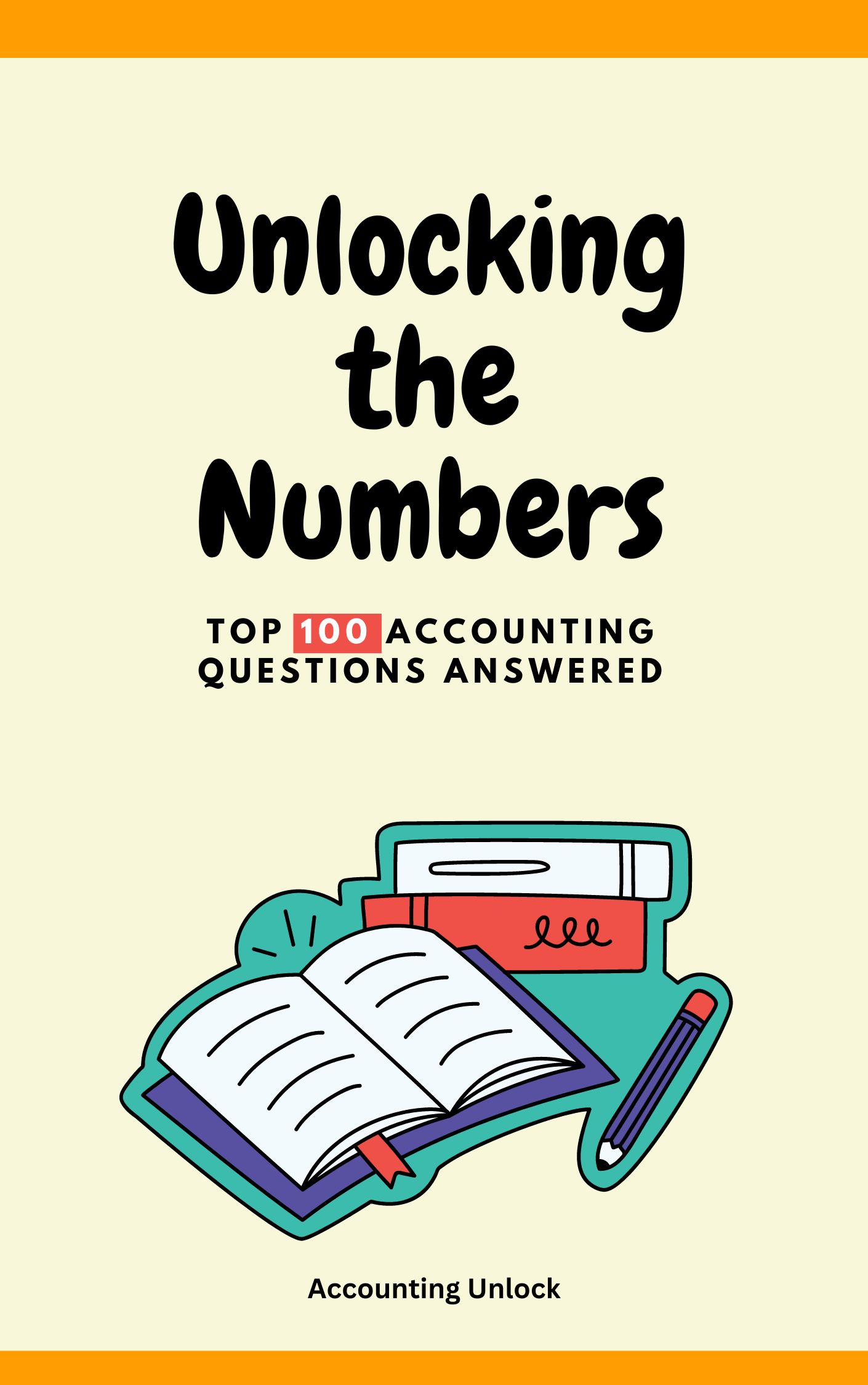Hey there, financial detectives! Ever stumbled upon “bad debt provision” and felt like you entered a dusty attic of accounting terms? Don’t worry, it’s not some ancient scroll guarded by grumpy financial gremlins! Think of it as a magic crystal ball, helping businesses predict the ouch of bad debt before it happens, like a superhero preparing for a bad guy attack!
Imagine you run a lemonade stand on a scorching summer day. You’re so busy squeezing sunshine into cups that you don’t always collect payment from every thirsty customer. But you know some might forget to pay later, leaving you with empty pockets and lost lemonade profits. That’s where the bad debt provision comes in, like your financial crystal ball, showing you how much lemonade money might vanish before you even serve it!
Here’s how it works:
- Crystal ball prediction: You estimate how much money you might lose from customers who won’t pay (like seeing blurry figures of absent lemonade money in your crystal ball).
- Ouch, but prepared: You set aside that amount as a bad debt provision, like putting the predicted lost lemonade money in a piggy bank just in case.
- Ready for anything: When any customers actually forget to pay, you’ve already prepared for the ouch, using the provision to cover the loss without making your lemonade stand cry!
Bad debt provision isn’t just for lemonade stands, it’s used by businesses of all sizes, from banks to airlines.
Real-world example:
Think of a phone company offering monthly plans. They know some customers might not pay their bills, so they estimate a bad debt provision based on past experience. This helps them stay financially healthy even if some phone calls go unanswered, just like your prepared piggy bank saves the day when a customer skips out on their lemonade tab.
Accounting Treatment for Bad Debt Provision:
Imagine your lemonade stand is officially a business, and you need to keep proper financial records. The bad debt provision isn’t just a prediction in your head; it’s a real account in your balance sheet. Let’s see how it plays out:
- Estimating the Provision: You use your crystal ball (aka historical data and industry trends) to guesstimate how much lemonade money might vanish. Let’s say you predict 5% of your sales won’t be paid back.
- Debiting and Crediting: At the end of each accounting period, you “debit” (record as an expense) the bad debt provision for 5% of your total sales. Think of it as taking that predicted lost 5% of lemonade money from your imaginary piggy bank and putting it into a special “bad debt” jar. But where does the money in the jar come from? You “credit” (record as income) an account called “allowance for doubtful accounts.” Basically, you pretend you already earned that 5% but set it aside specifically for bad debts.
- Reality Bites: When a customer skips town without paying, you “debit” the allowance for doubtful accounts for the exact amount (that missing cup of lemonade you can’t sell anymore). This offsets the “credit” you already recorded, basically removing the pretend income back from your financial records. It’s like taking the actual missing lemonade money from the special jar and marking it as a loss.
- Financial Balance: By following these steps, your financial records stay accurate. The bad debt provision shows your anticipated future loss, and the allowance for doubtful accounts balances it out by accounting for actual losses as they occur. It’s like keeping your lemonade stand’s financial house in order, even when a few customers forget to pay!
Key points about bad debt provision:
- An estimate of expected bad debt losses.
- Set aside as a reserve to cover future financial ouch.
- Helps businesses maintain accurate financial records and avoid surprises.
- Bad debt provision is an expense recorded in the income statement.
- Allowance for doubtful accounts is a contra-asset account shown on the balance sheet.
- Both accounts help maintain accurate financial records and reflect the potential for bad debts.
Remember, a bad debt provision is like a financial superhero’s shield, protecting businesses from the ouch of lost money.





